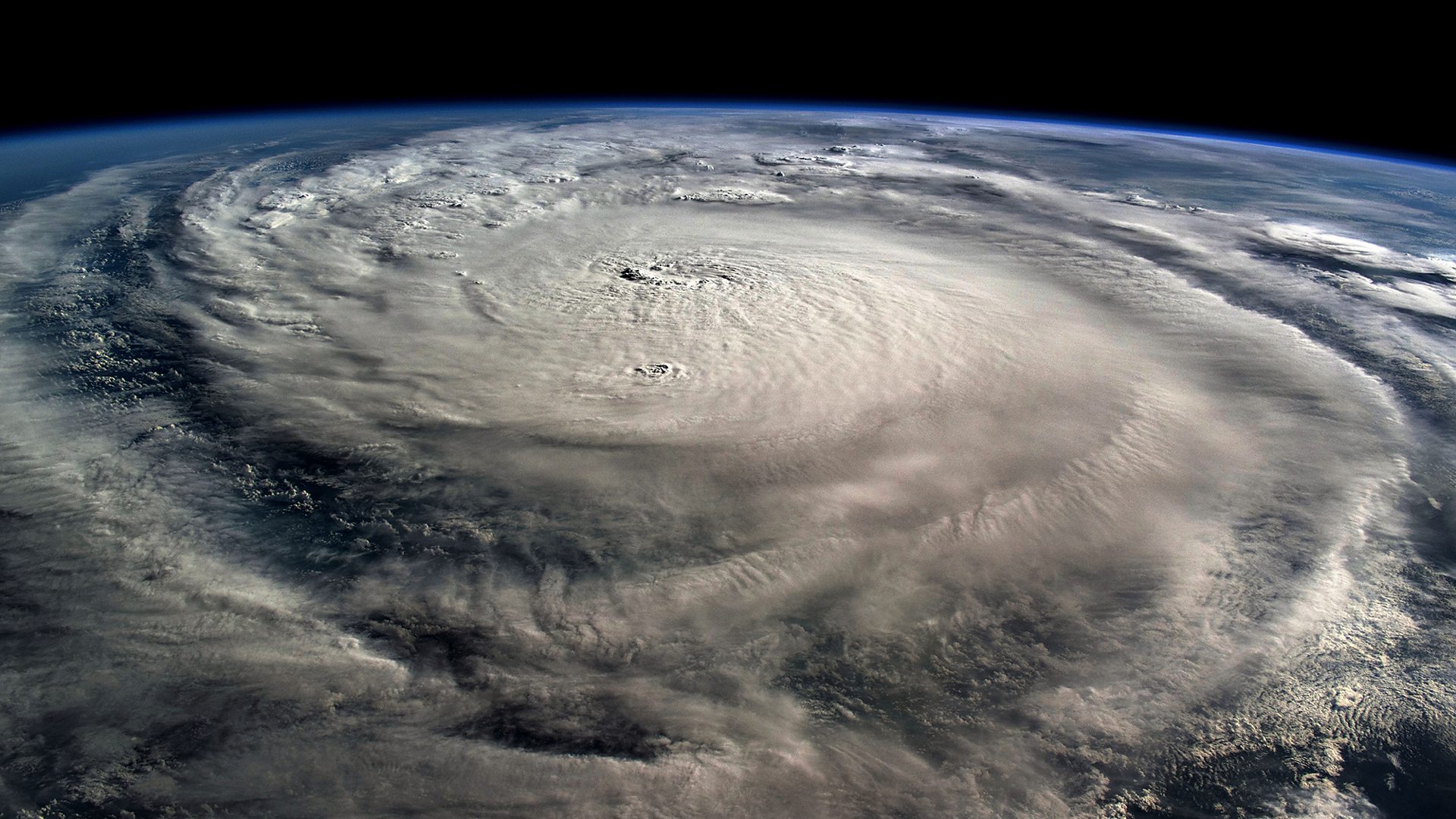In the beginning of the 1930s, a band of colonists traveled to a secluded tropical isle aiming for a peaceful existence away from the turmoil of contemporary society. Their aspiration was to form an independent society, unencumbered by the limitations of traditional civilization—a locale where nature, simplicity, and human endurance could exist together in balance. To observers, the endeavor seemed audacious and groundbreaking, an adventurous bid to establish a utopia within an unspoiled environment.
The island was a vision of splendor and plenty. Verdant landscapes, untouched shores, and transparent seas created a picturesque paradise. For those who arrived, it appeared to be the perfect retreat—a fresh opportunity to live according to their own desires, to escape from the financial instability and the political chaos affecting much of the world during the Great Depression. However, as time went on, this ideal began to collapse, unveiling the glaring disparity between aspirations and harsh reality.
Lo que comenzó como una aventura pronto se transformó en una lucha por la supervivencia. Los colonos enfrentaron constantes desafíos: aislamiento, clima impredecible, enfermedades y escasez de recursos. Construir viviendas, cultivar alimentos y cuidar la salud en un entorno implacable requería más que entusiasmo; necesitaba organización, cooperación y resistencia. Desafortunadamente, esas cualidades escaseaban.
The island, initially regarded as a sanctuary, transformed into a scene of turmoil and misfortune. Later accounts depicted a bleak progression of incidents characterized by mental collapse, aggressive clashes, and fatalities. The aspects intended to craft a perfect society—liberty, parity, and independence—crumbled due to avarice, fixation, and dread.
Why was this vision such a complete failure? Scholars identify multiple reasons for this. To begin with, the tough conditions amplified each error. Lacking adequate strategies, farming failed, and food resources decreased, putting the community at risk. Additionally, the lack of definitive leadership led to an opening that those seeking power took advantage of swiftly. Rather than working together, rivalry prevailed. Ultimately, personal disagreements, fueled by solitude and desperation, sparked clashes resulting in aggression.
The calamity of this unsuccessful paradise serves as a warning about the intricacies of human behavior and the perils of pursuing idealistic projects without practical bases. The aspiration to break free from societal limitations frequently ignores an unsettling reality: individuals bring their shortcomings with them. A fresh environment, despite its perfection, cannot eliminate ambition, envy, or the desire for control.
Today, the story of this 1930s experiment serves as a haunting reminder that paradise is rarely as simple as it seems. Behind the beauty of the tropics lurked a dark reality—one where survival instincts and human frailty destroyed a dream before it ever had a chance to flourish.
What remains is a legacy of intrigue and unanswered questions. Was the downfall inevitable, or could stronger planning and governance have saved the community? Were these individuals victims of their environment, or of their own inner demons? The answers may never be fully known, but their story endures as one of ambition turned to despair—a narrative where utopia became an illusion, and harmony dissolved into chaos.

